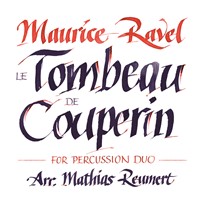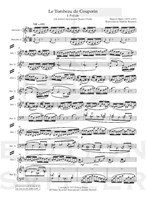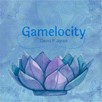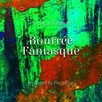
Le Tombeau de Couperin
Composer: Maurice Ravel / arr. Mathias Reumert
Instrument: Percussion Duo
Level: Advanced
Published: 2023
Price: €44.00
Item details
-
Description +
-
Fellow percussionists! For background information about Le tombeau de Couperin, the English Wikipedia article is a good place to start. The following introduction will be limited to discussing the present transcription.
Maurice Ravel created two versions of Le tombeau:
The suite for solo piano (1914-1917), in six movements:
I. Prélude
II. Fugue
III. Forlane
IV. Rigaudon
V. Menuet
VI. Toccata
The Orchestral Suite (1919), in four movements:
I. Prélude
II. Forlane
III. Menuet
IV. Rigaudon
My transcription should be performed either in the original order of six movements or in the four-movement, re-ordered version.
-
-
Instrumentation +
-
INSTRUMENTATION
Movement: Player 1: Player 2:
I. Prélude Marimba Marimba
II. Fugue | version Vibraphone Marimba (left hand),
for 4-oct. vib.
II. Fugue | version Vibraphone Marimba (left hand),
for 3-oct. vib. piano (right hand)
III. Forlane | version Vibraphone, Marimba
for 4-oct. vib. crotale (D#7)
III. Forlane | version Vibraphone, crotales Marimba
for 3-oct. vib. (F#6, G6, A#6, B6, D#7)
IV. Rigaudon Marimba, vibraphone Marimba
V. Menuet | version Vibraphone Marimba, glockenspiel
for 4-oct. vib.
V. Menuet | version Vibraphone, Marimba, glockenspiel
for 3-oct. vib. crotales (F#6, G6)
VI. Toccata Marimba, vibraphone. Marimba
If played on a 3-oct. vibraphone,
add crotales (F#6, G#6)
-
-
About the composer +
-
Joseph Maurice Ravel (7 March 1875 – 28 December 1937) was a French composer, pianist and conductor. He is often associated with impressionism along with his elder contemporary Claude Debussy, although both composers rejected the term. In the 1920s and '30s Ravel was internationally regarded as France's greatest living composer.
Born to a music-loving family, Ravel attended France's premier music college, the Paris Conservatoire; he was not well regarded by its conservative establishment, whose biased treatment of him caused a scandal. After leaving the conservatoire Ravel found his own way as a composer, developing a style of great clarity, incorporating elements of baroque, neoclassicism and, in his later works, jazz. He liked to experiment with musical form, as in his best-known work, Boléro (1928), in which repetition takes the place of development. He made some orchestral arrangements of other composers' music, of which his 1922 version of Mussorgsky's Pictures at an Exhibition is the best known.
As a slow and painstaking worker, Ravel composed fewer pieces than many of his contemporaries. Among his works to enter the repertoire are pieces for piano, chamber music, two piano concertos, ballet music, two operas, and eight song cycles; he wrote no symphonies or religious works. Many of his works exist in two versions: a first, piano score and a later orchestration. Some of his piano music, such as Gaspard de la nuit (1908), is exceptionally difficult to play, and his complex orchestral works such as Daphnis et Chloé (1912) require skilful balance in performance.
Ravel was among the first composers to recognise the potential of recording to bring their music to a wider public. From the 1920s, despite limited technique as a pianist or conductor, he took part in recordings of several of his works; others were made under his supervision.
-
-
Credits +
-
Calligraphy: Christa Puch
Engraving: Mathias Reumert
Printed in Copenhagen, Denmark
Copyright © Edition SVITZER
www.editionsvitzer.com
-








